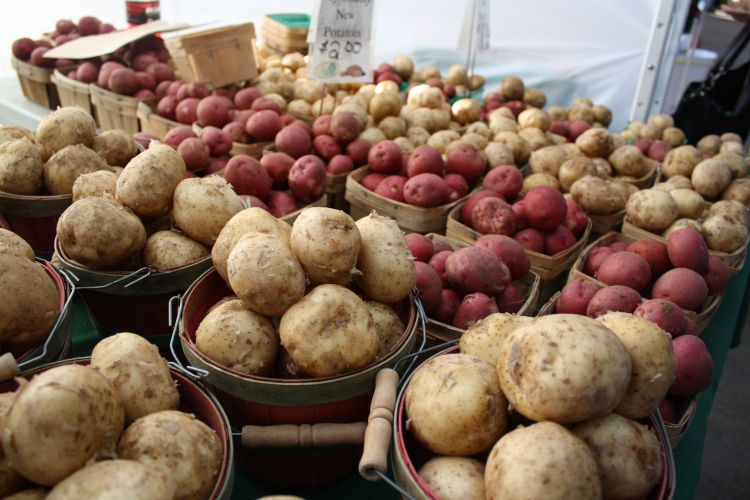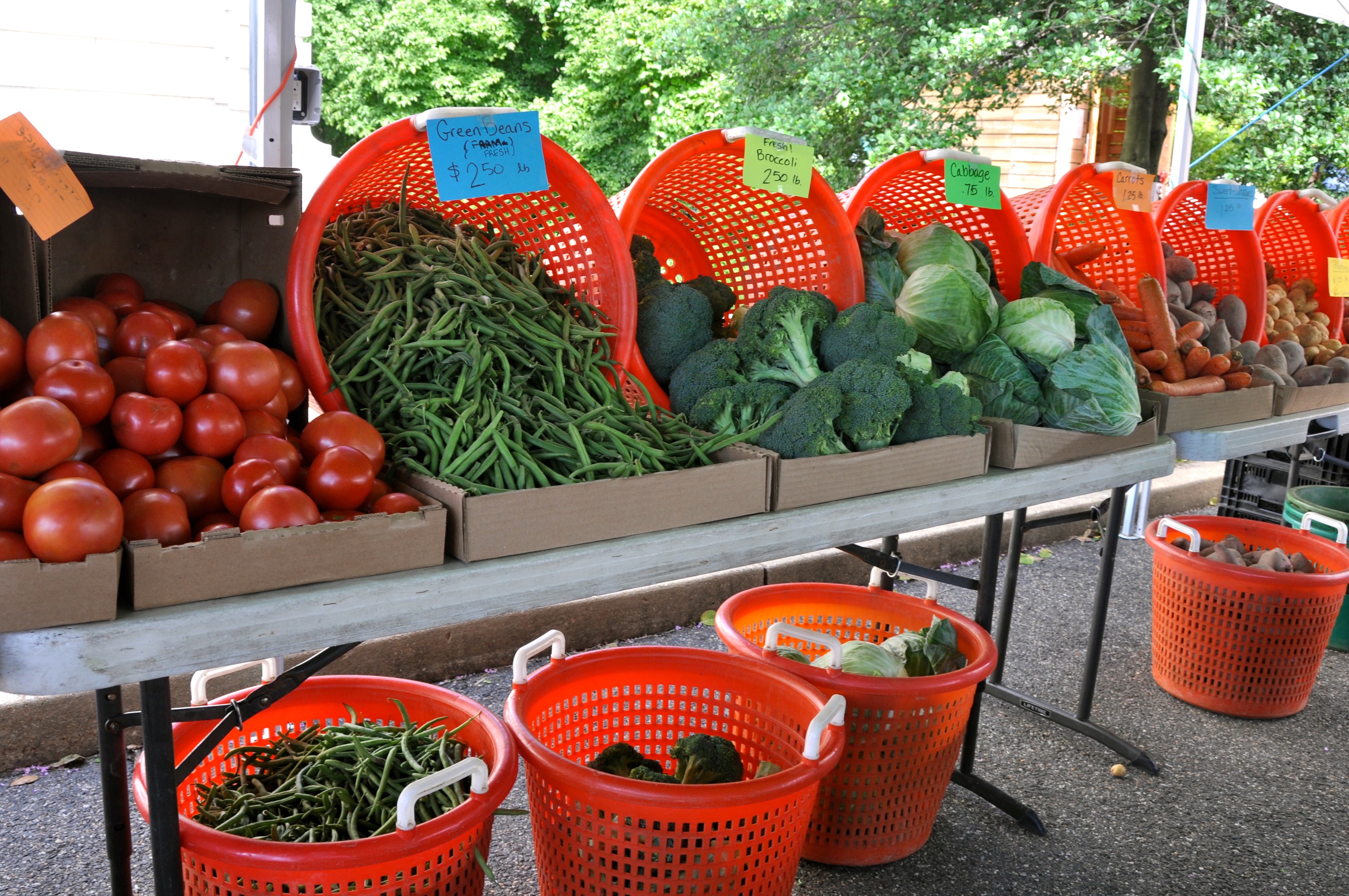Locally-Grown Food on a Budget: A Shopper’s Guide
MSU Extension offers tips for stretching your dollar when buying local foods.

Buying fresh, locally grown food is possible, even when living on a limited income. In addition to using budget-conscious shopping strategies and food assistance benefits, you can get more for your money by buying locally-grown produce at farmers markets and roadside stands.
Follow these tips while shopping for local food to stretch your dollar.
Know What is in Season
Farmers may charge premium prices for items that are grown outside t heir usual season, due to higher production costs. For example, tomatoes grown in a greenhouse in early summer will be more expensive than tomatoes purchased in late July or August, which is their usual harvest time in Michigan. Buy produce grown during peak season to get the best price and consider freezing or preserving any excess for later use. MSU Extension’s Michigan Fresh fact sheets offer information on using, storing, and preserving fruits and vegetables. MSU Extension’s Upper Peninsula and Lower Peninsula seasonality charts can be helpful tools for purchasing produce during Michigan’s growing season.
Know When to Shop
While shopping early at the market ensures more variety in available products, shopping towards the end may yield better bargains. Some farmers mark down items or offer special buys towards the end of a market day so that they can move their remaining stock, reduce waste, or avoid taking unsold goods back home.
Shop Around
Different vendors may have slightly different prices on the same item. At markets with multiple sellers, it is worthwhile to stroll around and compare prices before you purchase. This is especially helpful if you plan to make a bulk purchase, where small differences in price can add up.
Ask for Seconds
Seconds are misshapen, smaller, or imperfect-looking produce. Often called, “ugly produce,” these outcast fruits and veggies have become more popular over the last few years. In most cases they are perfectly useable, equally nutritious, and are often sold at lower prices. They may not be displayed for sale, however, so ask the farmer if they have seconds available at a reduced price.

Another way to save money on local food is to throw away less by using edible food parts that are often overlooked, such as beet tops and broccoli stems. Michigan State University Extension’s series of articles “Are you throwing away valuable food?” offer helpful tips for getting the most mileage out of the foods you purchase. For recipes ideas and cooking tips, visit the MSU Extension recipe website.



 Print
Print Email
Email
